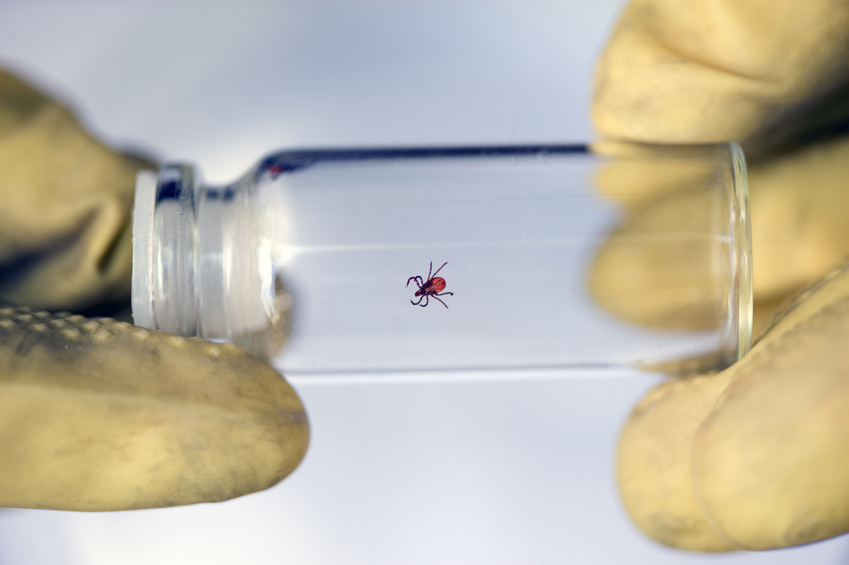Disruption of Established Bacterial and Fungal Biofilms by a Blend of Enzymes and Botanical Extracts
| Title | Disruption of Established Bacterial and Fungal Biofilms by a Blend of Enzymes and Botanical Extracts |
| Publication Type | Journal Article |
| Year of Publication | 2023 |
| Journal | J Microbial Biotechnol |
| Volume | 33 |
| Issue | 6 |
| Start Page | 1-9 |
| Date Published | 03/2023 |
| Authors | Jensen GS, Cruickshank D, Hamilton DE |
| Keywords | borrelia burgdorferi, drug-resistence, persister cells, Pseudomonas, Staphylococcus |
| Abstract | Microbial biofilms are resilient, immune-evasive, and often antibiotic-resistant health challenges, and increasingly the target for research into novel therapeutic strategies. We evaluated the effects of a nutraceutical enzyme and botanical blend (NEBB) on established biofilm. Five microbial strains with known implications in chronic human illnesses were tested: Candida albicans, Staphylococcus aureus, Staphylococcus simulans (coagulase-negative, penicillin-resistant), Borrelia burgdorferi, and Pseudomonas aeruginosa. The strains were allowed to form biofilm in vitro. Biofilm cultures were treated with NEBB containing enzymes targeted at lipids, proteins, and sugars, also containing the mucolytic compound N-acetyl cysteine, along with antimicrobial extracts from cranberry, berberine, rosemary, and peppermint. The post-treatment biofilm mass was evaluated by crystal-violet staining, and metabolic activity was measured using the MTT assay. Average biofilm mass and metabolic activity for NEBB-treated biofilms were compared to the average of untreated control cultures. Treatment of established biofilm with NEBB resulted in biofilm-disruption, involving significant reductions in biofilm mass and metabolic activity for Candida and both Staphylococcus species. For B. burgdorferi, we observed reduced biofilm mass, but the remaining residual biofilm showed a mild increase in metabolic activity, suggesting a shift from metabolically quiescent, treatment-resistant persister forms of B. burgdorferi to a more active form, potentially more recognizable by the host immune system. For P. aeruginosa, low doses of NEBB significantly reduced biofilm mass and metabolic activity while higher doses of NEBB increased biofilm mass and metabolic activity. The results suggest that targeted nutraceutical support may help disrupt biofilm communities, offering new facets for integrative combinational treatment strategies. |
| URL | https://www.jmb.or.kr/journal/view.html?doi=10.4014/jmb.2212.12010 |







